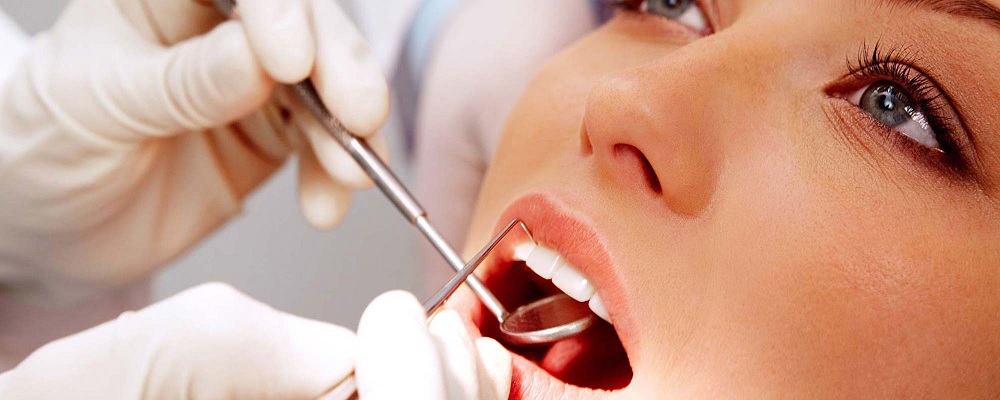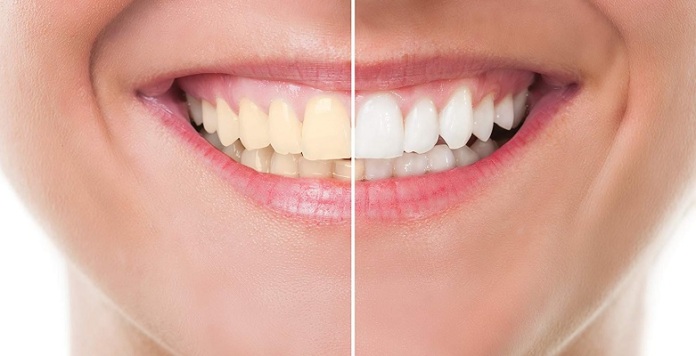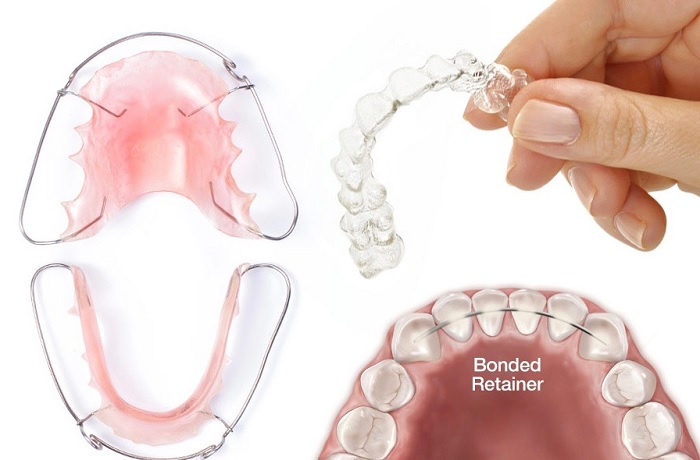We continue our blog with another of the most common concerns among our patients, oral hygiene and dental cleaning. Many times our pace of life prevents the proper care of our mouth, therefore, we resort to the professional cleaning of dentist in Delhi. But do you know what is a dental cleaning and everything you can get with it? We tell you
What is dental cleaning and why do I need it?
In the first place, it is necessary to understand what dental cleaning is, it is a procedure aimed at improving the condition of the mouth and above all it is used to prevent multiple oral diseases . Such as gingivitis, halitosis, cavities, tartar, spots, etc ... but also can help us improve the appearance of the teeth.
As dentist in Rani Bagh says, when dental hygiene is not correct or is insufficient, tartar and spots appear. These, in addition to causing an unsightly effect on our smile, can lead to more serious illnesses and problems that require more serious procedures to restore health to our teeth.
Therefore, if you want to recover the hygiene in your mouth and boast of healthy teeth, you need a dental cleaning.
How is this dental treatment done?
Cleaning is a painless procedure that can only cause small discomfort in specific places and areas of your teeth.
It must be borne in mind that quality dental cleaning has several phases, all of great importance.
Preliminary analysis
Your dental hygiene treatment begins in our practice at the hands of our best dentist in Delhi where they will study your case and detect the different problems. For example, areas with tartar, possible decay, inflamed gums, spots, etc.
In this way, your dentist in Saraswati Vihar will be able to advise you on the points that should be affected, and the sessions that you will need.
In addition, this way you can give advice to take better care of your daily dental hygiene, proposing techniques and products appropriate to the state of your mouth.
Elimination of bacterial plaque
Now, the procedure will begin so that an anesthetizing cream will be applied to the teeth - depending on the case - to avoid pain in more sensitive areas.
Then the dentist in Pitampura by means of an ultrasound tip, ends with the superficial tartar, also removing the bacterial layer causing different oral diseases.
In addition, it is possible to attenuate the most superficial spots that are caused by different drinks and foods and that are complicated to avoid with the daily dental hygiene.
Subgingival cleaning
Many times, patients believe that tooth cleaning is a merely superficial procedure and that it is only done in the most visible part of our teeth. But in reality, dirt and bacteria are also found under the gums and can be dangerous if left untreated.
Therefore, during the buccal cleaning process, the oral surgeon in Pitampura will also perform subgingival work, that is, under the gum line, to achieve excellent results and a totally healthy mouth.
Polishing: teeth like new.
To finish with the procedure, a polishing is carried out that helps to completely smooth the surface of the teeth and to finish in the most efficient way with the dirt in the whole surface of the pieces.
With this polishing also, products that care for and reinforce the enamel and the structure of the teeth are used, in addition to giving a more uniform color to eliminate unsightly stains.
As we said, each of the stages of a dental cleaning are vital to achieve complete hygiene and leave the dental clinic in Rani Bagh with a healthy and clean smile.
When a mouth cleaning is necessary, how many sessions do I need for total hygiene?
There are no established norms nor a strict calendar for this treatment, but it will depend on the situation of each patient.
Those people who are more prone to suffer from oral diseases, it is of great importance that they take care of their daily hygiene, and that they support it with periodic dental cleaning sessions, every 3 months or even monthly in the most problematic cases.
However, there are those who are able to maintain good dental health and need little this type of treatment, therefore, as the best dentist in Delhi, it is recommended that at least one dental cleaning be performed every six months.
This is important because sometimes, it seems that the state of the mouth is perfect, but at home, we do not always see all the areas that may be affected. For these reasons, we recommend that you go to our dental clinic in Saraswati Vihar and ask for an appointment so that our dentist in Saraswati Vihar can assist you and advise you in a personalized way.
Precautions and recommendations after cleaning.
Being a minimally invasive treatment, we will not find complications or follow specific treatments or care, but we must follow some advice so that the results are long lasting and we can maintain a clean and healthy mouth:
- Avoid foods and foods that stain: coffee, dyes, tea, wines ...
- Total daily and constant cleaning : Follow the recommendations of your dentist in Delhi and use the specific products that you have prescribed. Brushing after each meal, at least three times a day, affects the most inaccessible areas and internal faces that tend to forget.
- Supplement your hygiene : It also uses a proper and specific mouthwash to complete daily oral hygiene.
How much can a mouth cleaning treatment cost?
The entire procedure can be modified according to the patient, the conditions in which his oral hygiene is found and the results that are expected to be achieved.
Therefore, many times the cost may vary . Therefore, you should consult with our dentist in Rani Bagh who will advise you in a personalized way and advise you on the type of oral cleaning most suitable for you.



